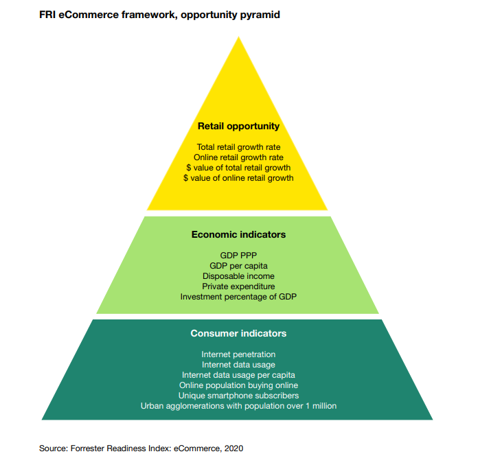
Dive Brief:
-
Rent the Runway has launched a new subscription, dubbed the “2 Swap plan,” for $135 per month, the company told Retail Dive in an email. Subscribers receive eight pieces each month, with two swaps allowed during the month.
-
The new option is based on feedback from existing members who wanted “a middle-of-the-road option” between the Update plan (now called the “1 Swap plan”) and Unlimited (now called “Unlimited Swap”), the company said.
-
For the 2 Swap and Unlimited plans, members can choose from Rent the Runway’s entire range of merchandise, from more than 700 designers. Subscribers to 1 Swap choose from 450 designers.
Dive Insight:
Rent the Runway said that it’s always working to evolve its offer, including its subscriptions, which a spokesperson said now account for 75% of its business.
The company, which touts its “closet in the cloud” innovation, has also worked to make things easier through brick and mortar, partnering with Nordstrom for drop-off services and inventory, and several hotels for a concierge service.
But the service could also be challenged by Nordstrom, which this week said that its Trunk Club styling service, also a subscription model, will move into Nordstrom stores to provide face-to-face interactions and more convenient services, according to a fourth quarter conference call transcript from Seeking Alpha. Nordstrom has previously struggled with Trunk Club, which had been a drag on the business in the early years after its 2016 acquisition.
Keeping tabs on customer preferences and demand is key to any direct-to-consumer business, so it’s no surprise that Rent the Runway would respond to consumer demand for a third subscription tier, according to Tom Caporaso, CEO of Clarus Commerce. Clarus data shows that just over a third of consumers (34%) are willing to pay for premium loyalty programs for apparel and accessories. Many now allocate more of their monthly budgets to personalized services because of the high level of convenience, he said.
“Rent the Runway has been running a subscription model for several years, and the company has been able to collect a huge amount of valuable customer data,” he noted in emailed comments. “While the brand already offers two different tiers of pricing, customer demand revealed a gap between the two prices, raising opportunity for a middle brow option that will cater to customers that are willing to spend a little more money for more exclusive offerings.”
Most recently, the company responded to customer concerns about COVID-19, a disease caused by a member of the coronavirus family, amid reports of its escalation worldwide. The company this week sent a note to customers “to proactively provide details and additional transparency around our cleaning process” and provided information regarding the negligible risk of transferring the virus through handling of soft goods like clothes.
That marks the first sign of trouble for the resale and rental apparel market, which has taken off in recent months as shoppers search for sustainable and economical ways to build their wardrobes. According to a report last year from resale site ThredUp, sales of secondhand clothes grew 21 times faster than sales in the wider apparel market over the past three years and are projected to reach $51 billion over the next three.

